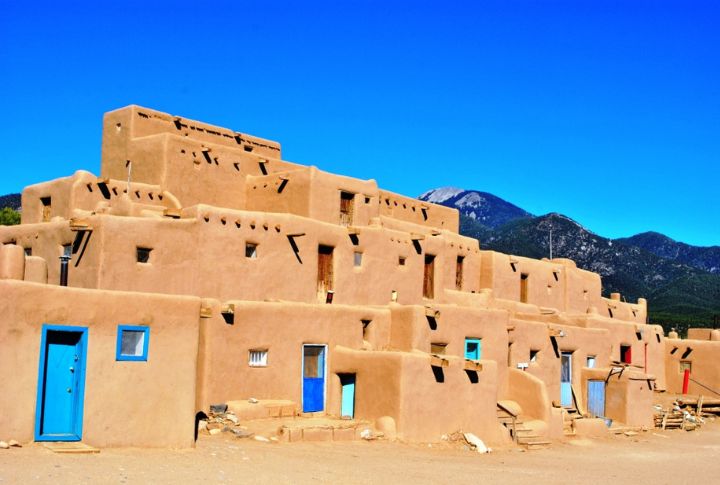
Time doesn’t always erase places. It sometimes makes them more memorable. Across crumbling walls and carved cliffs, old voices and stories wait to be heard, not forgotten. Each American attraction on this list stands as proof that there are places that people are not ready to forget.
New York City: Statue Of Liberty
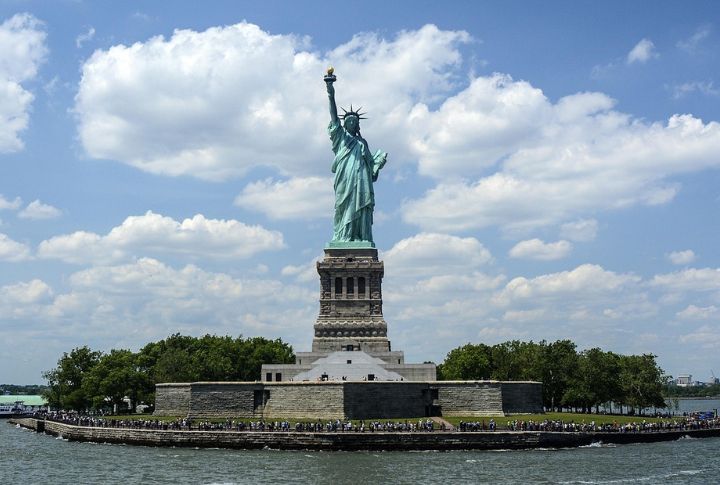
The 305-foot copper statue arrived in 350 separate pieces in the U.S., carefully packed into 214 crates. Gifted by France in 1886, Lady Liberty still stands tall, watching over New York Harbor. Every crack in her robe murmurs of freedom, resistance, and rebirth for those who listen closely.
Philadelphia: Independence Hall
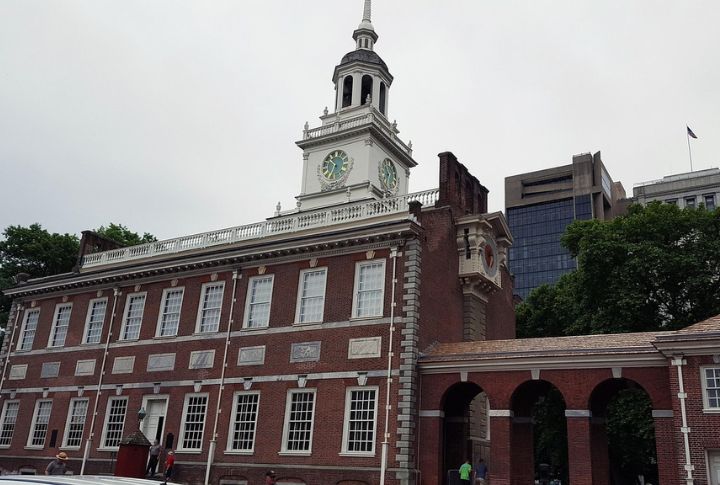
In 1776, men in powdered wigs gathered here to debate rebellion, drafting the Declaration and Constitution within these brick walls—no surprise the building breathed revolution. Walk its echoing chambers, and you’ll tread where liberty first ignited because some halls speak, but this one roars.
Mount Vernon: George Washington’s Estate
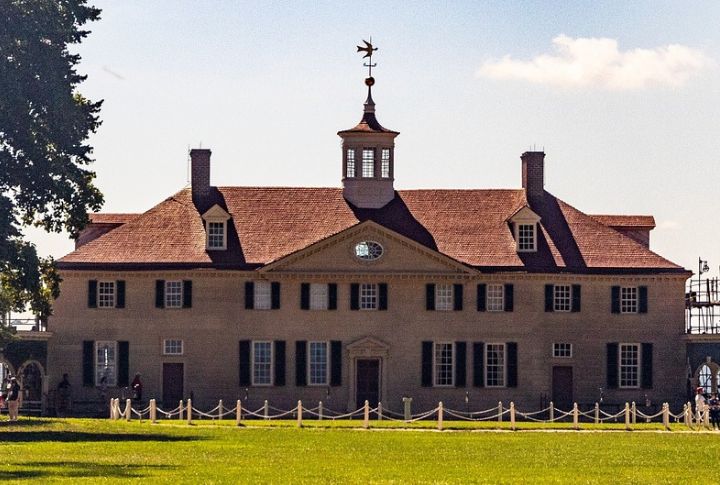
George Washington called it home, but it never rested. Mount Vernon evolved with time, hosting political minds and curious visitors alike. Since the 18th century, it has rested by the Potomac, carrying the quiet wisdom of a leader who chose country over crown—so much so, even the trees seem to lean in and listen.
Yellowstone National Park: Old Faithful Inn
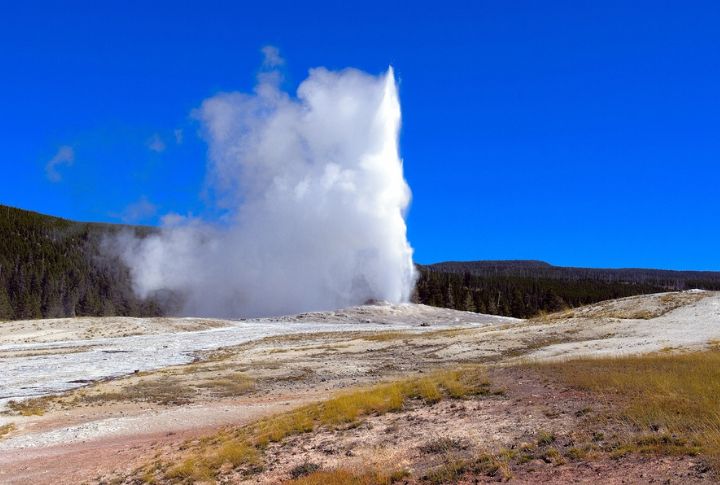
Steam rises, wood creaks and stone meets timber. Built in 1904 using lodgepole pine, Old Faithful Inn is part fairytale, part engineering marvel. While geysers erupt outside and history bubbles within, tourists gasp and snap photos. Yet, the lodge remains unfazed, quietly breathing warmth through it all.
Maine: Fort Knox
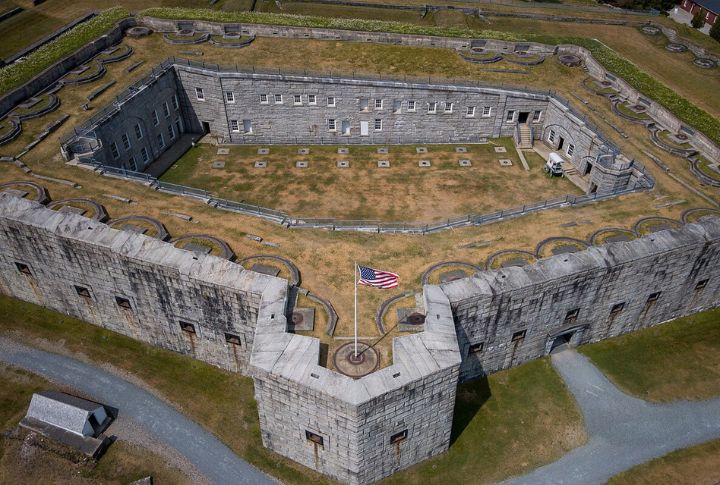
Since 1844, this granite fortress has stood solid, watching over Maine’s Penobscot River. No enemy ever attacked, so its giant cannons and eerie tunnels stayed strong. Soldiers passed quietly through its halls. Here, history didn’t explode but lingered in silence, steady and unshaken.
Augusta: Fort Western
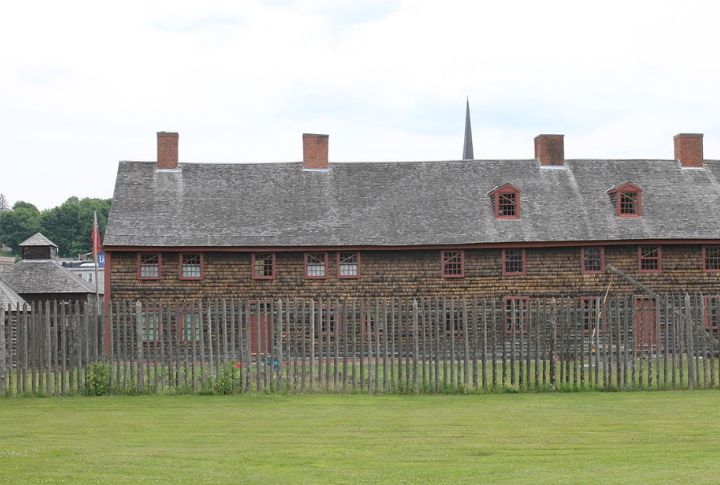
Built in 1754 and still intact, Fort Western stares down time. Once a British stronghold and trading post, this wooden fort now schools visitors on colonial survival. With powdered wigs, beaver pelts, and musket drills, this place brings the past so vividly you won’t need a reenactment.
Bath County: Omni Homestead Resort
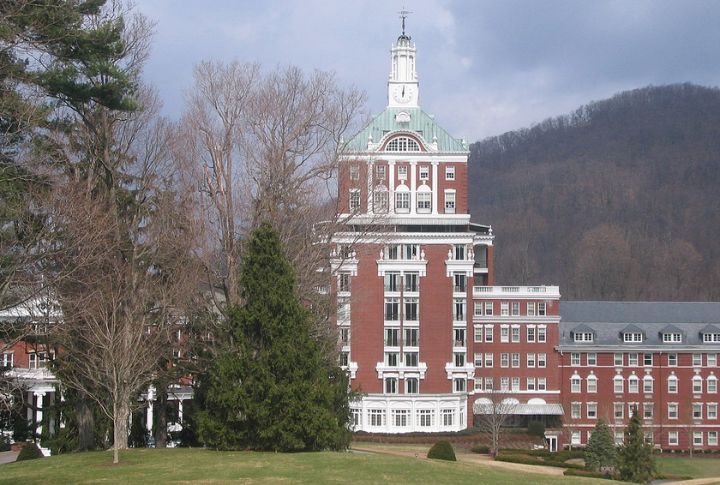
Hot springs drew Presidents Jefferson and Roosevelt to these mineral-rich waters. Since 1766, the Homestead has balanced opulence and wilderness like a tightrope walker. Its halls once echoed with corsets and ballads. Today, those voices remain, but they wear plush robes.
New Mexico: Taos Pueblo
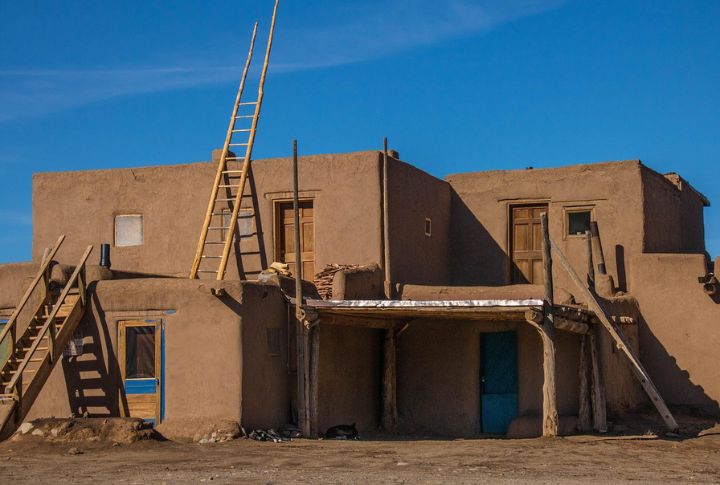
With sun-baked adobe walls built without nails or cement, the over 1,000-year-old Taos Pueblo still stands as the enduring home of the Red Willow people. UNESCO designated it a World Heritage Site. You might call it timeless because what’s more permanent than culture and clay in one place?
Mesa Verde National Park: Cliff Dwellings
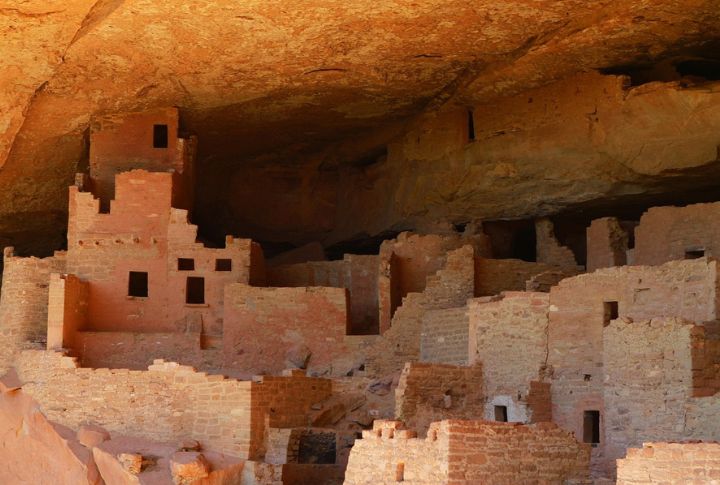
Carved into cliffs, these cliff dwellings whisper of a world thriving well before highways and smartphones. The Ancestral Puebloans lived, farmed, and dreamed here from 600 to 1300 CE. Cornfields once danced in the canyon breeze, whereas today, they only stand there quietly.
California: Angel Island Immigration Station
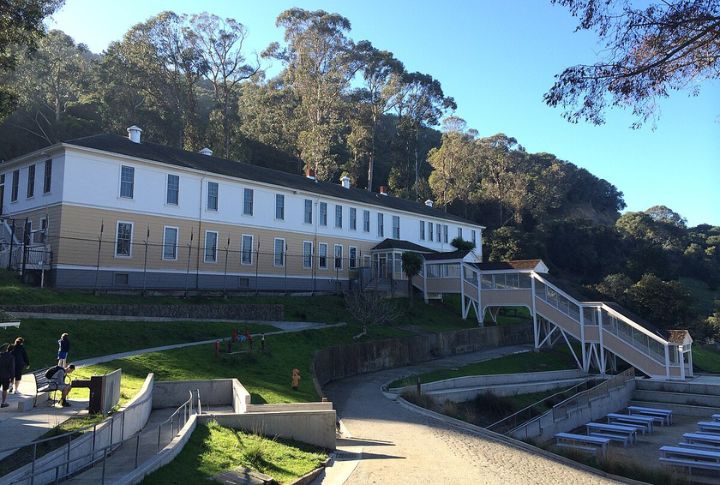
They called it the Ellis Island of the West, but harsher. From 1910 to 1940, over 500,000 immigrants passed through—mainly Chinese, detained for weeks or years. Poetry etched into wooden walls still pleads for fairness. The history here isn’t polished, but it’s still carved carefully.
Columbia: Harriet Tubman High School
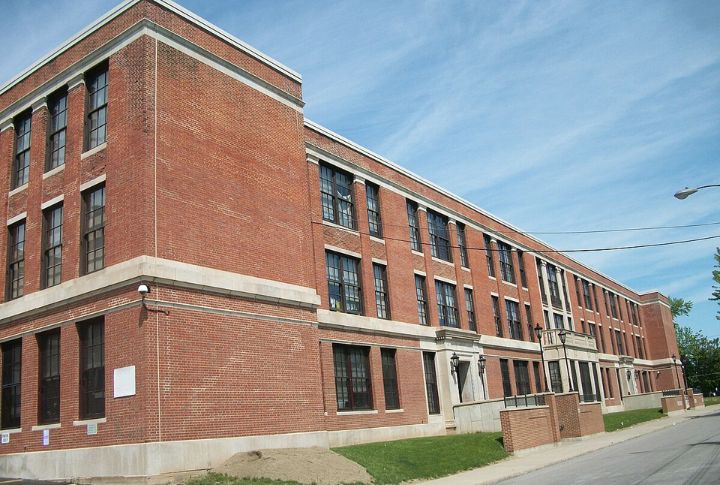
A once-segregated school now tells a powerful civil rights story. Founded in 1949, this Maryland landmark evolved into a cultural center, with its walls speaking of determination, equity, and legacy. Walk through and feel history pull you toward justice, one lesson at a time.
Salem: Salem Maritime National Historic Site
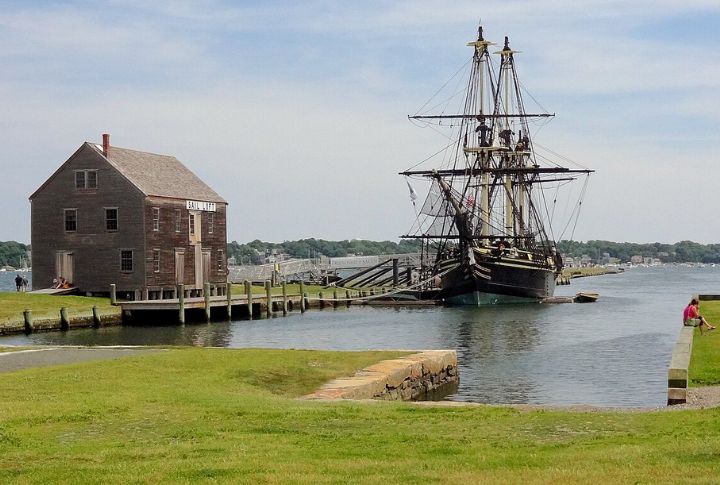
Salt, sails, and smuggling. America’s first National Historic Site preserves the maritime heartbeat of 18th-century trade. Salem’s harbors launched ships and stories alike. Cannons are quiet now, but the scent of adventure and risk still lingers where wooden decks once met the Atlantic.
Philadelphia: Liberty Bell
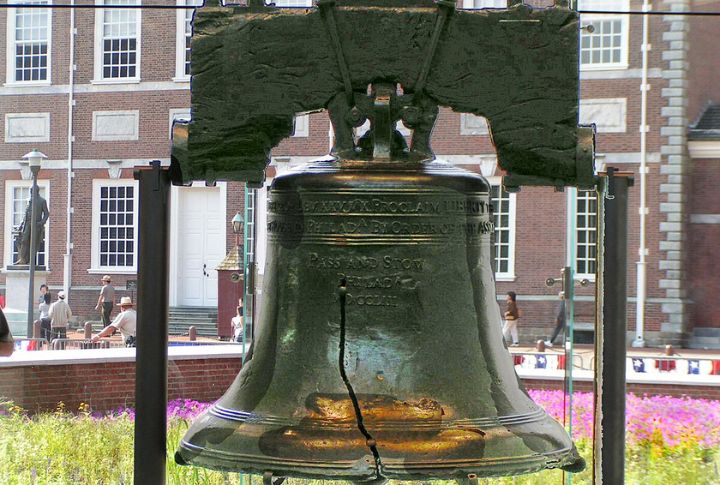
Cracked but not silenced, this 2,080-pound bell rang in 1776 for the reading of the Declaration of Independence. These days, it waits behind glass, looking like a fractured metaphor. Freedom may not be flawless, but even through its cracks, it continues to resonate in hearts, museums, and memories.
Gettysburg: Gettysburg National Military Park
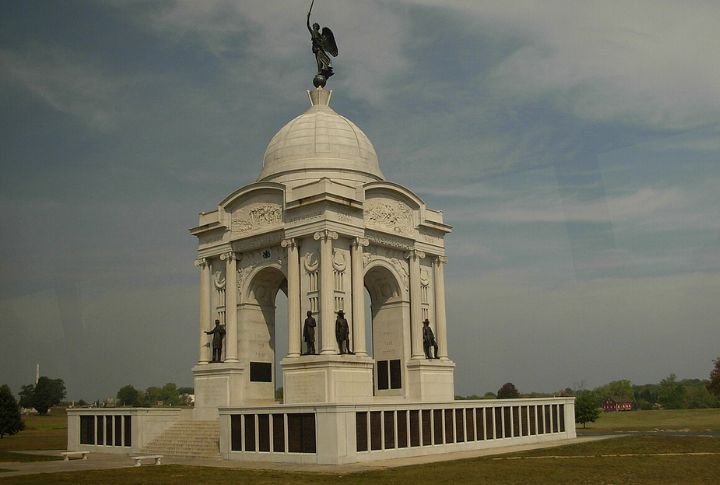
Imagine 165,000 troops clashing over these fields in July 1863. Lincoln’s Gettysburg Address gave this place immortal gravity. Though the cannons have fallen silent, every ridge and stone fence echoes with names, charges, and sacrifices—on lands that still carry the dust of war.
New York: Ellis Island
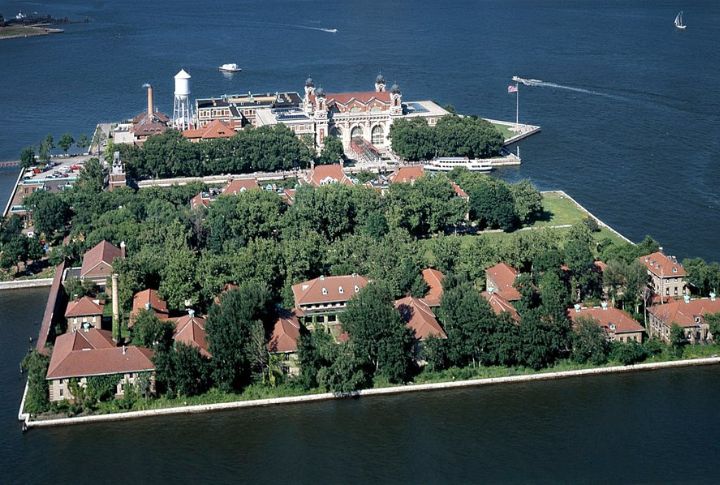
Its halls welcomed over 12 million immigrants during the years 1892 to 1954. Some cried, others smiled, but all held hope as names changed and new dreams quietly took root. You can almost hear their footsteps, still echoing with languages that shaped the patchwork fabric called America.
Charleston: Fort Sumter
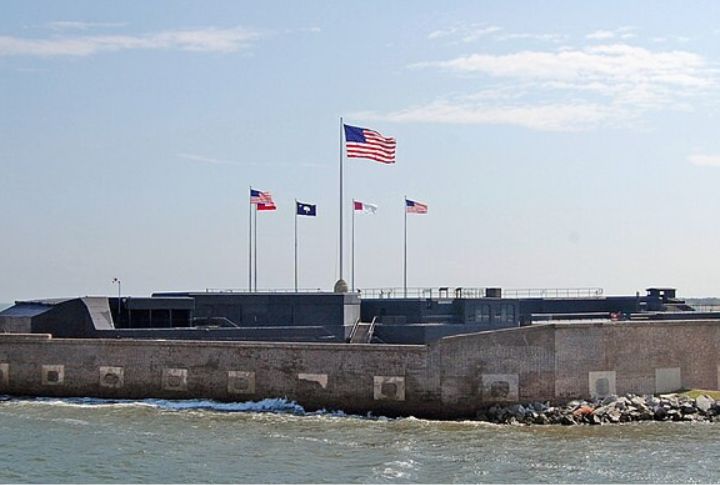
Battered but brave, Fort Sumter still stands—a silent sentinel where courage burned and conflict began. On April 12, 1861, the first Civil War cannonball soared, forcing Union troops back as history surged forward from this harbor.
Santa Fe: San Miguel Mission
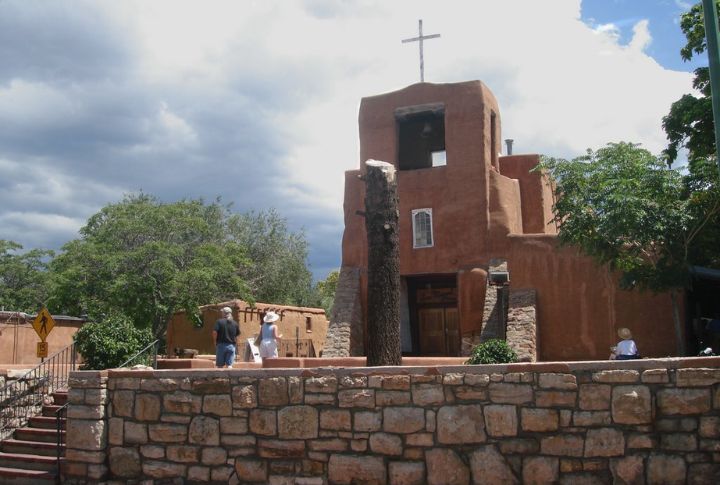
Dating back to 1610, this adobe chapel is considered America’s oldest church. Spaniards raised their beams and Pueblo hands shaped its walls. Through fire and repair, mass and mourning, it endures. Light a candle there and you’re not just entering a church, but stepping through centuries.
Washington: Lincoln Memorial
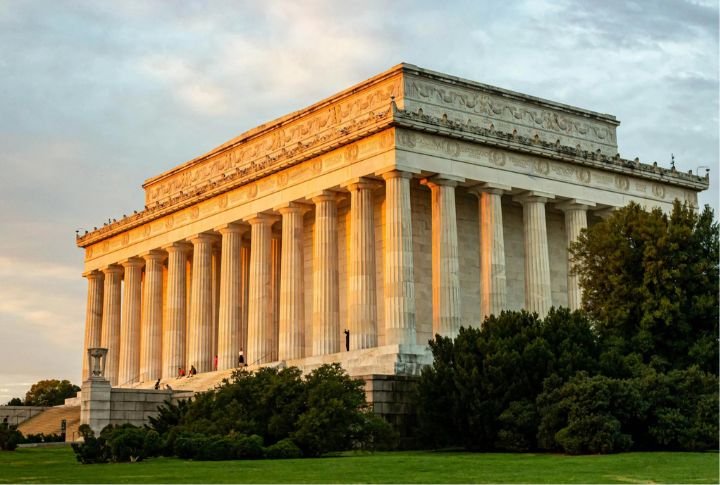
Here, marble and meaning meet beneath a solemn gaze. Since 1922, Lincoln’s statue has witnessed protests, speeches, and silent reflection. His words—etched and eternal—still pierce injustice. When you sit on those steps and listen, history doesn’t just speak. It demands attention.
Collinsville: Cahokia Mounds
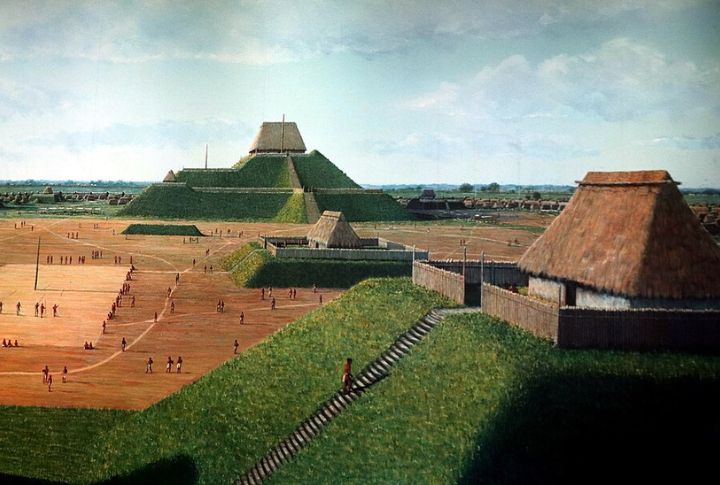
Before Columbus, there was Cahokia. Once home to over 20,000 people around 1100 AD, this Mississippian city built earthen pyramids taller than most buildings today. It’s not a ruin but rather a reminder that indigenous America had metropolises long before steel and glass.
Los Alamos: Bandelier National Monument
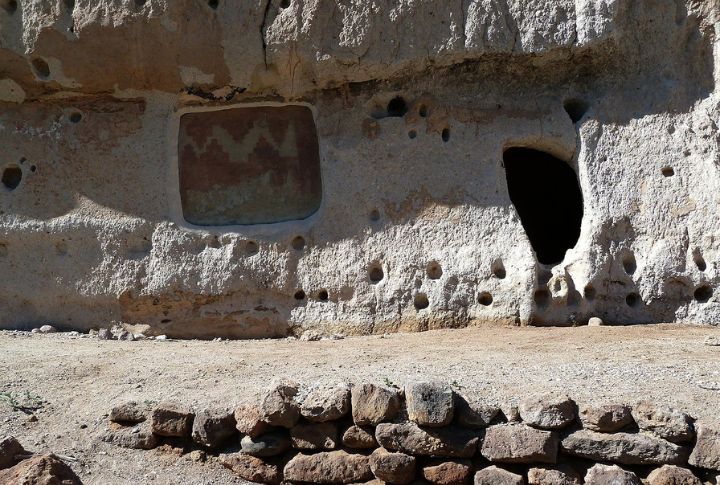
Cliffside homes, carved ladders, and ash-blasted canyons remind Bandelier of the Ancestral Puebloans who thrived here. From petroglyphs to ceremonial kivas, the land pulses with sacred memory. Hike its trails and feel a civilization breathe beneath your boots.
